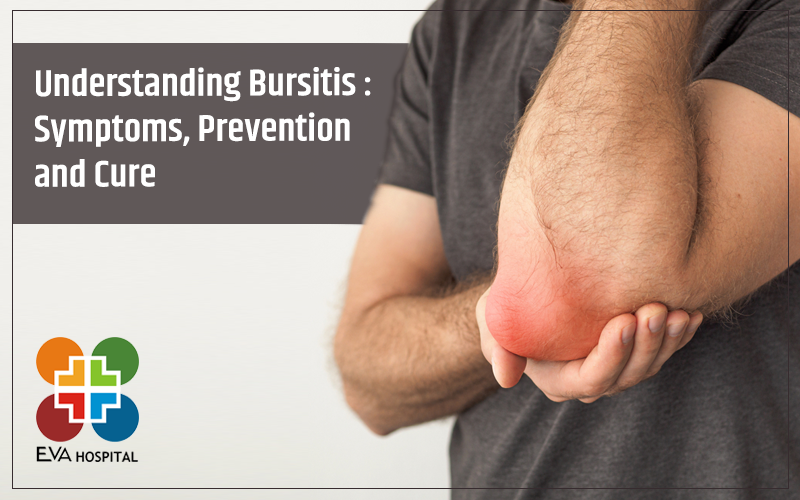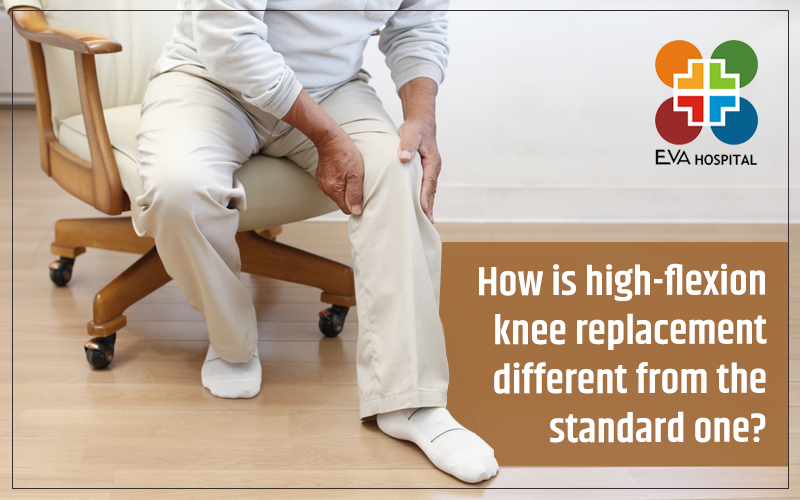
What is the Osgood-Schlatter Disease Common in young Athletes?
One of the most common causes of knee pain among young athletes is Osgood-Schlatter Disease (OSD). In fact, about 10 percent of growing adolescents experience it. However, the good news is that Osgood-Schlatter’s disease is not actually a disease. It is only a condition that gets cured with time.
What exactly is Osgood-Schlatter Disease?
It is a condition of the knee in which the tibial apophysis is inflamed due to traction by the patellar tendon. The condition, which manifests itself in the form of a painful lump below the kneecap, is known to attack children experiencing growth spurts. An overuse injury, the condition causes pain and swelling just below the knee apart from inflammation in the tibial tuberosity— a spot where the patellar tendon attaches to the top of the shinbone.
What actually happens?
In a developing child, there are growth plates named diaphysis and epiphysis that separate the shaft of the shinbone. This enables the bone to lengthen during childhood and adolescence years. Once a child has finished growing the two shafts fuse together. Similarly, apophysis, which attaches the patellar tendon to the shinbone at the tibial tuberosity, also fuses with the shin. Repetitive activities like running and jumping cause the apophysis to be inflamed, known as the Osgood-Schlatter Disease.
Symptoms
Anyone suffering from Osgood-Schlatter disease would face pain and inflammation. However, the intensity of the pain differs from one person to another. While in some cases the pain might be severe and persistent, in others it may be mild and occasional.
People at risk
The Osgood-Schlatter Disease is most common among young sportspersons whose games make excessive jumping and running a necessity. The condition can affect either or both knees.
How can it be detected?
A physical examination and an X-ray would be sufficient for your doctor to establish the cause of the symptoms if you are suffering from OSD.
Treatment
In most cases, the disease goes away with time and rest. Till that happens, all activities that aggravate the situation must be kept in check. Cold compress, pain relieving medication (acetaminophen, ibuprofen, and naproxen can help ease the pain.), and specific exercises that help strengthen the hamstring and the quadricep muscles are recommended to fight through the tenure of the problem. Cross-training and using a kneecap would also provide support and pain relief. If these don’t work, the athlete may have to take a short break from his game.
Once the growing phase in the child is over, the cartilage growth plate stops growing further. It is only a matter of time before the disease and its symptoms completely vanish. Since the problems address themselves, surgery is hardly ever required. Over 90 percent of cases get better with time and with some medical care. However, the OSD may leave a bony bump on the shinbone just below the kneecap even after it is cured.
Osgood-Schlatter disease: A risk factor
Osgood-Schlatter disease is more common in boys than in girls. Boys aged 13-14 are at higher risk since these are the years when they are at the peak of physical development. In girls, the age range is 11-12. Researchers say that people with a history of Osgood-Schlatter disease are at high risk for lateral patellofemoral maltracking and high-grade patellofemoral chondrosis.









